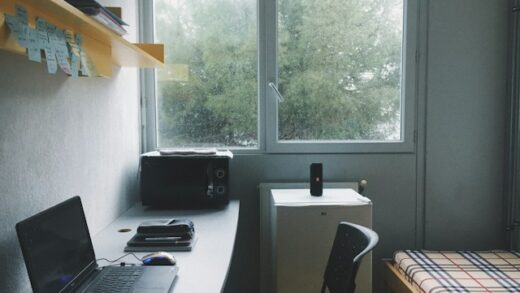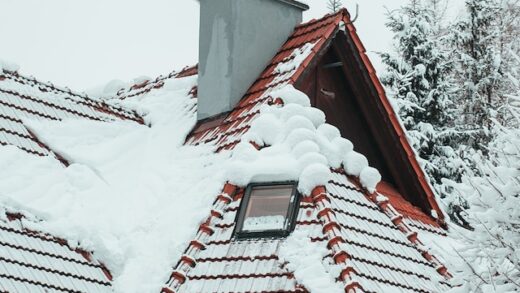Household plumbing leaks can waste as much as 10,000 gallons of water a year, causing your water bills to skyrocket. On top of that fact, a leaky pipe can promote mold and mildew growth, creating health hazards and potentially costing you more for cleanup and repair. Knowing how to identify a leak, though, can cut off these risks and costs, saving you a lot of hassle. Here are some tips on finding and taking care of water leaks in your household.
First Signs of Leaks
One of the first signs you’re likely to find is a higher water bill that can’t be accounted for by your water usage. You can confirm this scenario by checking your water meter — shut off all water, including outdoor hoses, and watch the meter to see if it’s still turning, or take a reading and come back to it later to see if it changed. If so, a leak is likely responsible.
You may be able to locate the leak yourself with a visual inspection around the house. Water damage is identifiable by stains, discoloration, sagging or bowing in walls and ceilings. Mold growth can also indicate a nearby leak. Outside, look for standing water or soft, wet patches of the yard to find underground leaks. Check faucets and showerheads, and add food coloring to toilet tanks to see if it leaks into the bowl.
Professional Inspections
Oftentimes, you can’t locate plumbing leaks yourself, and you may need more advanced tools or professional expertise. You should schedule an inspection at least once a year in order to catch plumbing issues that you may otherwise miss. Additionally, hiring a professional to inspect a new home is a good idea, as general home inspectors don’t make extensive inspections of plumbing systems.
Besides investigating exposed plumbing and water fixtures in your house, a professional plumber can perform assessments that you wouldn’t be equipped to do. For instance, underground water lines can be visually inspected with waterproof cameras to find blockages, and otherwise undetected leaks can be located with a plumbing smoke test — pushing artificial smoke through pipes and looking for where it leaks out. Plumbers also know how to assess water heaters and filtration systems and what to look for, so you don’t have to risk damaging them or hurting yourself.
A proactive approach to maintenance can save you money in the long run, compared to costly repairs after the fact when leaks become more serious, which means attentiveness and being ready to call a professional at the earliest sign of trouble.




